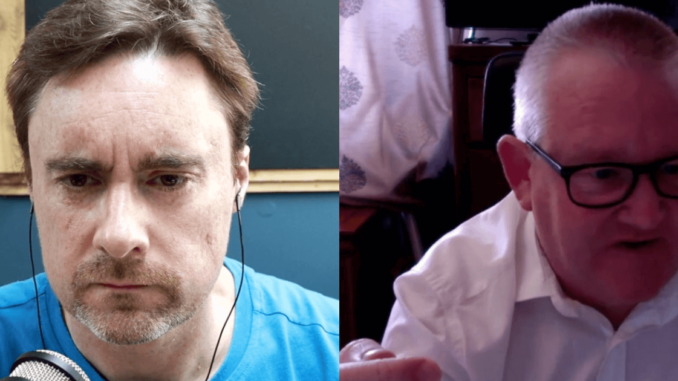
The logic digital marketing strategy is based on the simple principle that successful web page optimisation is impossible without thorough keyword research.
Keyword research is the foundation for all digital marketing. Without the keyword research, without the real hard core data, a real integrated strategy for your business is out of the question.
Digital Marketing Mentor and Keyword Strategy Specialist, James Pybus created The Logic Digital Methodology to give structure to an integrated digital marketing strategy. The logic methodology or strategy covers three core elements of digital marketing: optimisation, aid media and content strategy.
Optimisation is the first part of SEO made up of seven elements:
1. URL. The permalink and slug should be relevant and concise.
2. Page title. The page title should be attention grabbing and no more than 65-70 characters.
3. Content on page. The primary page should have only 300-500 words and secondary page only 1200-1500 words
It is really important to note that not only is google looking at the URL, page title and page content but so are your potential customers. Most people tend to scan the page title in their google search results and they are more likely to click on those that give them exact match searches.
4. Meta description. The meta description should be 150-160 characters. If you don’t include the meta description google will take and use any random content from the website in its place. The meta description s=displays as a snippet which shows up on the google search results page. Ultimately this is your advertisement.
5. Meta keywords. There should be 4-6 keywords for the internet crawler.
6. Images. Every page on your site should have an image with ALT text to describe images. The search engine cannot see the image so the description needs to be accurate.
7. Internal linking strategy. Search engines have small programs called crawlers or spiders that go into your website, collect information and send it back to the search engine. The search engine applies an algorithm to the content and then gives your site a listing on the search engine results page in the form of a snippet.
The aim of the internal linking strategy for the crawler is to try and keep it on your site for as long as possible. To do this you use appropriate anchor text to link to a fully optimised page that will lead to another optimised page and so on. Avoid anchor text such as ‘Click here’ or ‘Read more’ because it doesn’t mean anything. If you sell cat food the ideal anchor text would be ‘cat food’ that takes you to a page on your website about cat food. It is all about relevancy.
Without internal links the crawler will get to the bottom of the page and just stop.
After you have optimised the site you should leave a settling period of 12 weeks before making any strategic decisions. As tempting as it may be to keep going back and changing things it is far better to see where the dust settles and then make decisions as to what needs to change and develop. You need to understand what’s going on and make small adjustments and leave them long enough that they are actually going to take shape.
While you are waiting out the 12 weeks you can move onto the second element: Paid media.
Paid media
Keyword research is absolutely crucial to your business. You must optimise your website for the correct keywords and phrases.
Along with the logic methodology James has also designed and built his own keyword strategy tool. This tool looks at all the data from the paid advertising and the predictive terms and with an up-to-date API it collates the very latest information.
For every word or phrase the tool determines the associated data such as:
Search volume (how many people are searching per month),
Cost per click (how much it is going to cost you), and
Competition level (how many people are competing against that particular word or phrase).

Leave a Reply